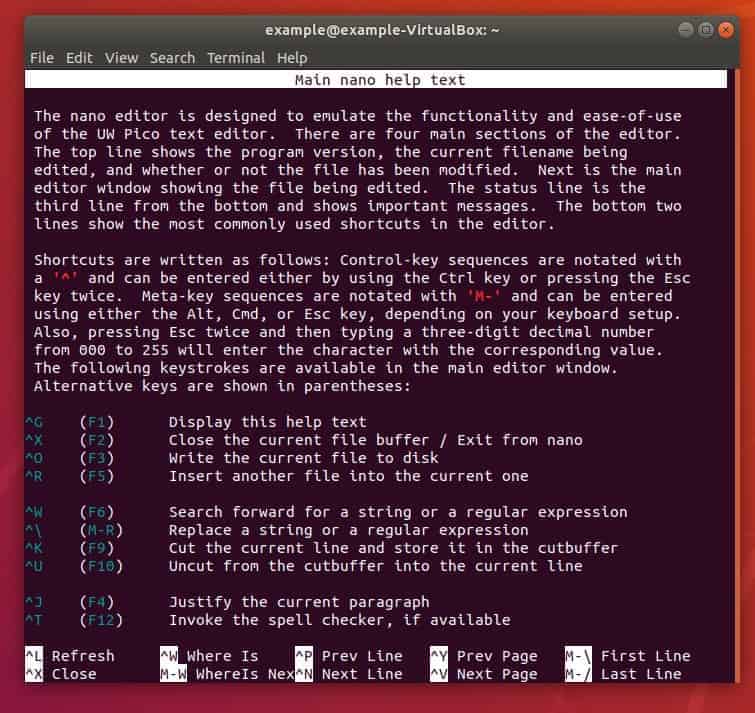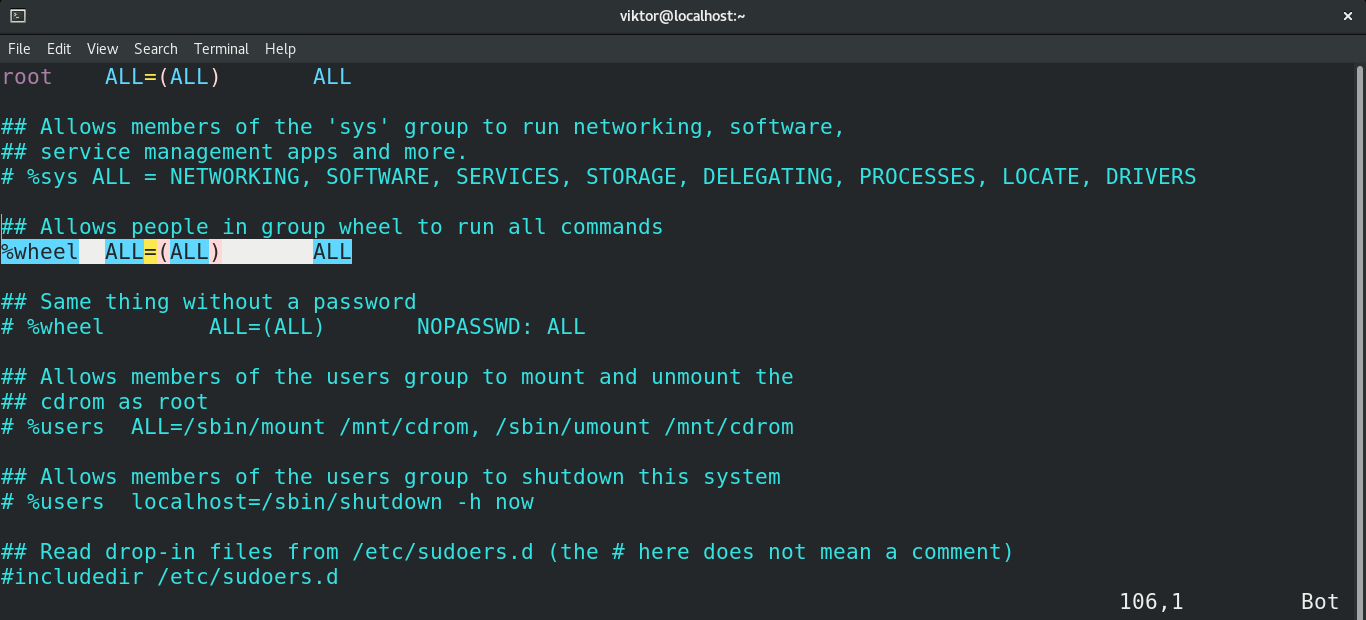

Notice that only the word “ Kali” is displayed with the line numbers.

Well, to do this, we simply combine both, -n and -o, parameters: grep -n -o "Kali" nf What if we only want to find the line numbers along with the word? We don’t want to see the complete lines of text. Use Grep and Show Only Match and Corresponding Line Numbers (grep -n -o) Notice that there are several instances of the word “ Kali” listed with the complete lines of text. We can do this with the -n parameter: grep -n "Kali" nf Use Grep and Show Lines and Line Numbers (grep -n)Īlright, so far, so good! Let’s move ahead to display the line numbers along with the word or string matched. Notice that there are several instances of the word “ Kali” listed but without the complete lines of text. However, if we want to show only the word, we can use the -o parameter instead of -i. Use Grep and Show Only Matching Text/Pattern (grep -o) Previously when we used the -i parameter, the grep command searched for the word and displayed the entire line of text. With the -l parameter, the grep command searches in the current directory to find the files with the mentioned word. Notice that the name of the file is found. To do this, we need to use the following command: grep -l "Kali" * Until now, we were looking for words, but this time we will reverse our methodology to look for the files with the word “ Kali”. Let’s move ahead, and this time, we will find the files with a specific word or string of words. Use Grep to Find All Files Containing a Matching Text (grep -l) So, we should keep casing in mind when we are searching for text.

Let’s run the same command, but the word that we will search is “ kali” instead of “ Kali”. There are a total of 11 occurrences of the word Kali in the nf file. Still, the grep command has been able to find the required word.Īs soon as we hit Enter, we get the response.

Notice that even though we had specified the word kali in lowercase, the nf file included all words that were starting with an uppercase. To do this, we need to use the following command: grep -c "Kali" nf We will use the -c parameter to find the word “ Kali” in the nf file. We can even find the number of occurrences a word appears in a file. Using Grep to Count Occurrences (grep -c) Still, the grep command has been able to find the required word. To do this, we need to use the -i parameter. Using Grep and Ignoring Case (grep -i)įirst, we will perform a case insensitive search, which means that it will find the searched word in any casing, be it upper, lower, or a mix of both. Note: If we need to verify that the file has been copied, we can list the files in the current directory using the ls command. Let’s scroll up and view some of the key parameters we will use in this tutorial. To view the parameters available with the grep command, we need to use the –help parameter: grep – help However, before moving forward, let’s look at the grep command and its parameter by viewing its detailed help. Going forward, we will see some of its different use cases. Acting as a non-root sudo user to ensure a secure environmentĪs we said before, the grep command is used for finding words or patterns across files.Mixing the Grep Command with Other Commands (somecommand | grep pattern).Grep Recursively Through Subdirectories (grep -r).Use Grep and Display Lines Before/After Matching Pattern (grep -B or grep -A).Use Grep and Show Only Lines that Don’t Contain Matching Text (grep -v).Use Grep and Show Only Match and Corresponding Line Numbers (grep -n -o).Use Grep and Show Lines and Line Numbers (grep -n).Use Grep and Show Only Matching Text/Pattern (grep -o).Use Grep to Find All Files Containing a Matching Text (grep -l).Using Grep to Count Occurrences (grep -c).


 0 kommentar(er)
0 kommentar(er)
